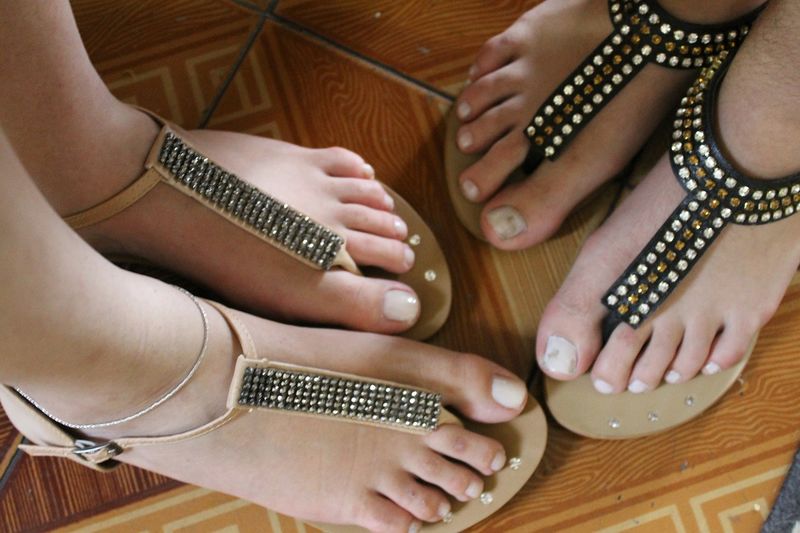Sesamoiditis – Signs, Symptoms and Treatment
The sesamoid bones are bones which are held in place by tendons and muscles. These bones are found everywhere in the human body including the knee, feet, hands, wrist, neck or ear.
Sesamoid bones vary in size from one person to the other, yet, they usually are the size of a jelly bean. They are located within tendons that are located in areas where the tendons pass over joints.
What is Sesamoiditis?
Sesamoiditis is an inflammation of the sesamoid bones together with the surrounding tissue. The sesamoid bones of the toe are the one most inflamed after an injury. However, as mentioned, any sesamoid bone in the human body can get injured.
This is more common among those who overuse the sesamoid bones of the toes. This medical condition is more common among dancers, athletes, runners, etc. Sesamoiditis can also occur after a long hike for those who are not used in hiking.
In elderly patients, sesamoiditis can result from arthritis and arthritic changes to these bones.
Sometimes, sesamoiditis results from physical abnormalities, such as in cases when the bones are larger than normally, putting excessive force and pressure on them.
Signs and symptoms of Sesamoiditis
Sesamoiditis usually starts as a mild ache which is often ignored. However, if ignored, it can easily get worse leading to discomfort and real pain, sometimes making it really difficult and almost impossible to walk.
The pain is located just below the big toe, in the ball of the foot and it tends to get worse while bending the big toe. A sudden onset of pain is more common after an injury when there is a fracture of the sesamoid bones as well.
Tenderness of the surrounding tissue is also a common sign and symptom of sesamoiditis which tends to intensify when direct pressure is applied.
Swelling under the first metatarsal joint is also possible due to sesamoiditis.
Treatment of Sesamoiditis
If you are experiencing moderate or severe pain in the ball of the foot, you might be suffering from sesamoiditis. You can treat sesamoiditis at home, just by putting an insole or pad into your shoes.
Resting your foot is the best treatment option, which will leave enough time for the inflammation to heal. NSAIDs can help ease the pain and reduce the inflammation. It will also reduce pain and discomfort as well.
Ice packs at the injury site will relieve the inflammation and the pain too. Ice packs are recommended up to 4 times a day, not longer than 15 minutes. The swelling will also go away faster with ice packs.
Whenever you are diagnosed with sesamoiditis, choose flat shoes. Flat shoes for a short period of time will help relieve the pain, especially when you need to walk and can’t get enough rest.
However, remember that flat shoes are not good for your feet in the long run. Insoles or pads inserted in the shoes will help you relieve the pain and help you while walking as well.
Physical therapy if often needed in cases of immobilization. It tends to help gain range of motion, muscle strength and conditioning.
Steroid injections are also recommended sometimes to reduce the pain and inflammation.
How to prevent Sesamoiditis?
Choosing correct and comfortable footwear is the best way to prevent sesamoiditis. Shoes should be replaced constantly, especially when jogging or running regularly. In these cases, sneakers should be replaced every 6 months.
Over pronation, especially in runners and joggers is the cause of sesamoiditis. High - quality running shoes help control pronation.



